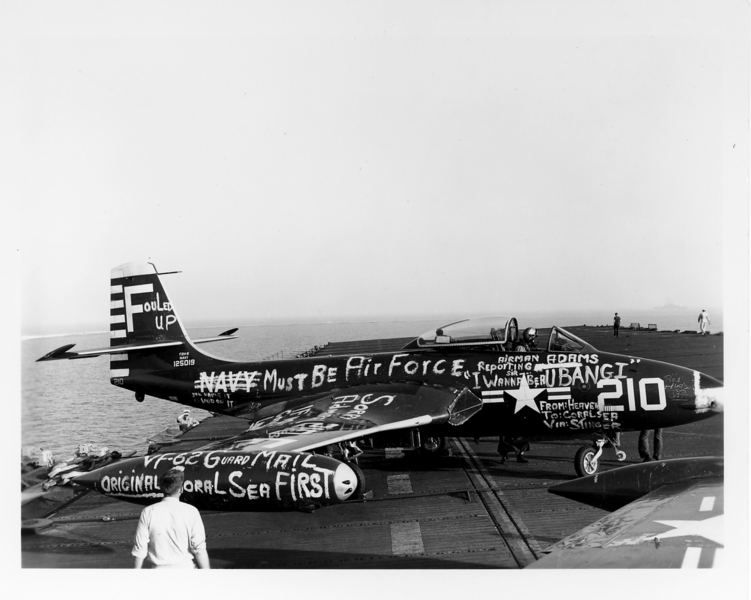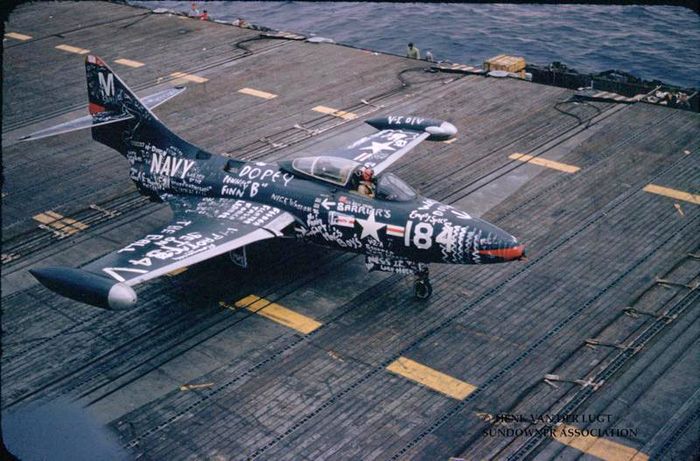TrustMeI'maPilot
Well-Known Member
Just thought I'd throw this grenade and run for cover. I love the first line.
http://www.cnbc.com/id/101402486
http://www.cnbc.com/id/101402486
Do you know the way to San Jose? Quite a few airline pilots apparently don't.
On at least 150 flights, including one involving a Southwest Airlines jet last month in Missouri and a jumbo cargo plane last fall in Kansas, U.S. commercial air carriers have either landed at the wrong airport or started to land and realized their mistake in time, according to a search by The Associated Press of government safety databases and media reports since the early 1990s.
A particular trouble spot is San Jose, Calif. The list of landing mistakes includes six reports of pilots preparing to land at Moffett Field, a joint civilian-military airport, when they meant to go to Mineta San Jose International Airport, about 10 miles to the southeast. The airports are south of San Francisco in California's Silicon Valley.
(Read more: Southwest flight lands at wrong Missouri airport)
"This event occurs several times every winter in bad weather when we work on Runway 12," a San Jose airport tower controller said in a November 2012 report describing how an airliner headed for Moffett after being cleared to land at San Jose. A controller at a different facility who noticed the impending landing on radar warned his colleagues with a telephone hotline that piped his voice directly into the San Jose tower's loudspeakers. The plane was waved off in time.
In nearly all the incidents, the pilots were cleared by controllers to guide the plane based on what they could see rather than relying on automation. Many incidents occur at night, with pilots reporting they were attracted by the runway lights of the first airport they saw during descent. Some pilots said they disregarded navigation equipment that showed their planes slightly off course because the information didn't match what they were seeing out their windows—a runway straight ahead.
"You've got these runway lights, and you are looking at them, and they're saying: 'Come to me, come to me. I will let you land.' They're like the sirens of the ocean," said Michael Barr, a former Air Force pilot who teaches aviation safety at the University of Southern California.
Using NASA's Aviation Safety Reporting System, along with news accounts and reports sent to other federal agencies, the AP tallied 35 landings and 115 approaches or aborted landing attempts at wrong airports by commercial passenger and cargo planes over more than two decades.
The tally doesn't include every event. Many are not disclosed to the media, and reports to the NASA database are voluntary. The Federal Aviation Administration investigates wrong airport landings and many near-landings, but those reports aren't publicly available. FAA officials turned down a request by The Associated Press for access to those records, saying some may include information on possible violations of safety regulations by pilots and might be used in an enforcement action.
(Read more: Uh Oh! 'Dreamlifter' lands at wrong airport)
NASA, on the other hand, scrubs its reports of identifying information to protect confidentiality, including names of pilots, controllers and airlines. While the database is operated by the space agency, it is paid for by the FAA and its budget has been frozen since 1997, said database director Linda Connell. As a result, fewer incident reports are being entered even though the volume of reports has soared, she said.
The accounts that are available paint a picture of repeated close calls, especially in parts of the country where airports are situated close together with runways similarly angled, including Nashville and Smyrna in Tennessee, Tucson and Davis-Monthan Air Force Base in Arizona, and several airports in South Florida.
In a report filed last July, for example, an airline captain described how his MD-80 was lined up to land at what he thought was San Antonio International Airport when a rider in the cockpit's jump seat "shouted out that we were headed for Lackland Air Force Base." The first officer, who was flying the plane, quickly aborted the landing and circled around to line up for the correct airport. The captain later thanked the cockpit passenger and phoned the San Antonio tower. "They did not seem too concerned," he reported, "and said this happens rather frequently there."
Continental Airlines' regional carriers flying from Houston to Lake Charles Regional Airport on the Louisiana Gulf Coast have at least three times mistakenly landed at the smaller, nearby Southland Executive field. Both airports have runways painted with the numbers 15 and 33 to reflect their compass headings. Runways are angled based on prevailing winds.
The recent wrong airport landings by a Southwest Airlines Boeing 737 in Missouri and an Atlas Air Boeing 747 freighter in Kansas have heightened safety concerns. The Southwest pilots stopped just short of a ravine at the end of the short runway in Hollister, Mo., when they meant to land on a runway twice as long at the nearby Branson airport. Of the 35 documented wrong landings, 23 occurred at airports with shorter runways. The runways were longer in three cases, they were the same length in two and the wrong airport wasn't identified or its runway length was unavailable in seven.
FAA officials emphasized that cases of wrong airport landings are rare. There are nearly 29,000 commercial aircraft flights daily in the U.S., but only eight wrong airport landings by U.S. carriers in the last decade, according to AP's tally. None has resulted in death or injury.
"The FAA reviews reported wrong-airport incidents to determine whether steps such as airfield lighting adjustments may reduce pilot confusion," the agency said in a statement.
(Read more: Renovation plans in the works for Biden's 'worst airport')
But John Goglia, a former National Transportation Safety Board member and aviation safety expert, says the FAA and the NTSB should be concerned. Air crashes are nearly always the result of a string of safety lapses rather than a single mistake, he noted. Attempts to land at wrong airports represent "another step up the ladder toward a riskier operation," he said.
Runway condition is also a worry when a plane makes a mistaken approach. When an air traffic controller clears a plane to land on a specific runway, "you know you pretty much have a clear shot at a couple of miles of smooth concrete," said Rory Kay, a training captain at a major airline. "If you choose to land somewhere else, then all bets are off. There could be a bloody big hole in the middle of the runway. There could be a barrier across it. There could be vehicles working on it."
In some reports, pilots said they were saved from making a wrong airport landing by an alert controller. That was the case for an MD-80 captain who nearly landed his mid-sized airliner at Page Field, a small airport in Fort Myers, Fla., used mainly by private pilots, instead of the much larger Southwest Florida International Airport nearby. A controller caught the mistake in time and suggested the captain explain the detour by telling passengers the flight was "touring downtown" Fort Myers.
"I was pretty shaken as to what could have happened and was very glad to have an understanding, helpful (controller)," the captain said. "They (controllers) said there would be no problem with (the FAA) and that this was a common occurrence."
—By The Associated Press



